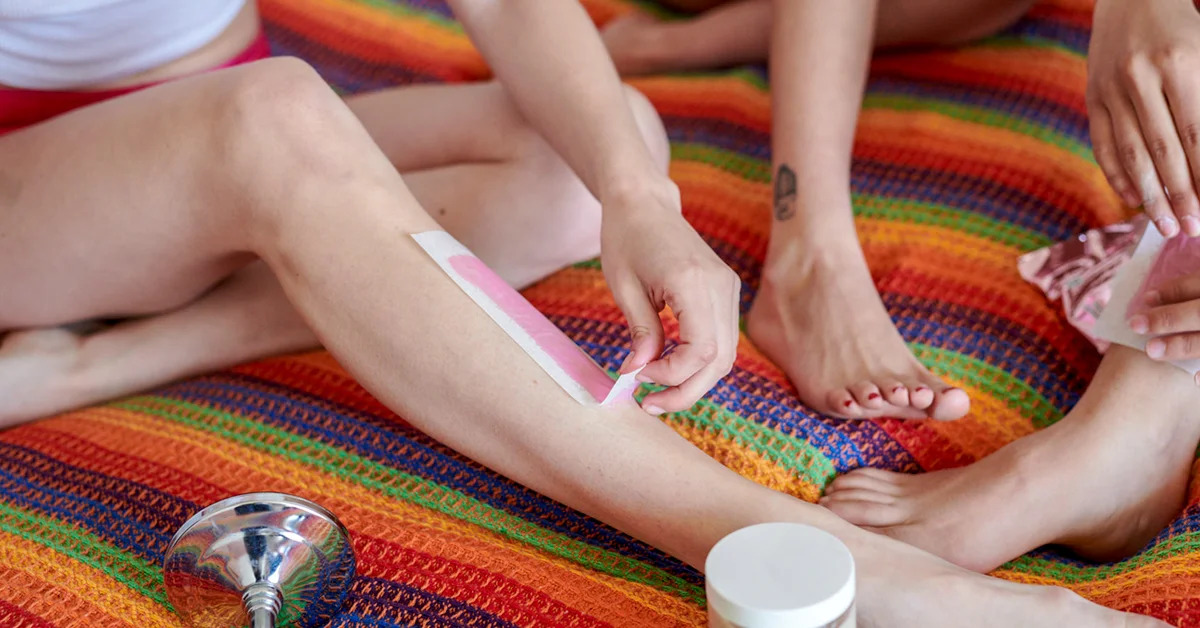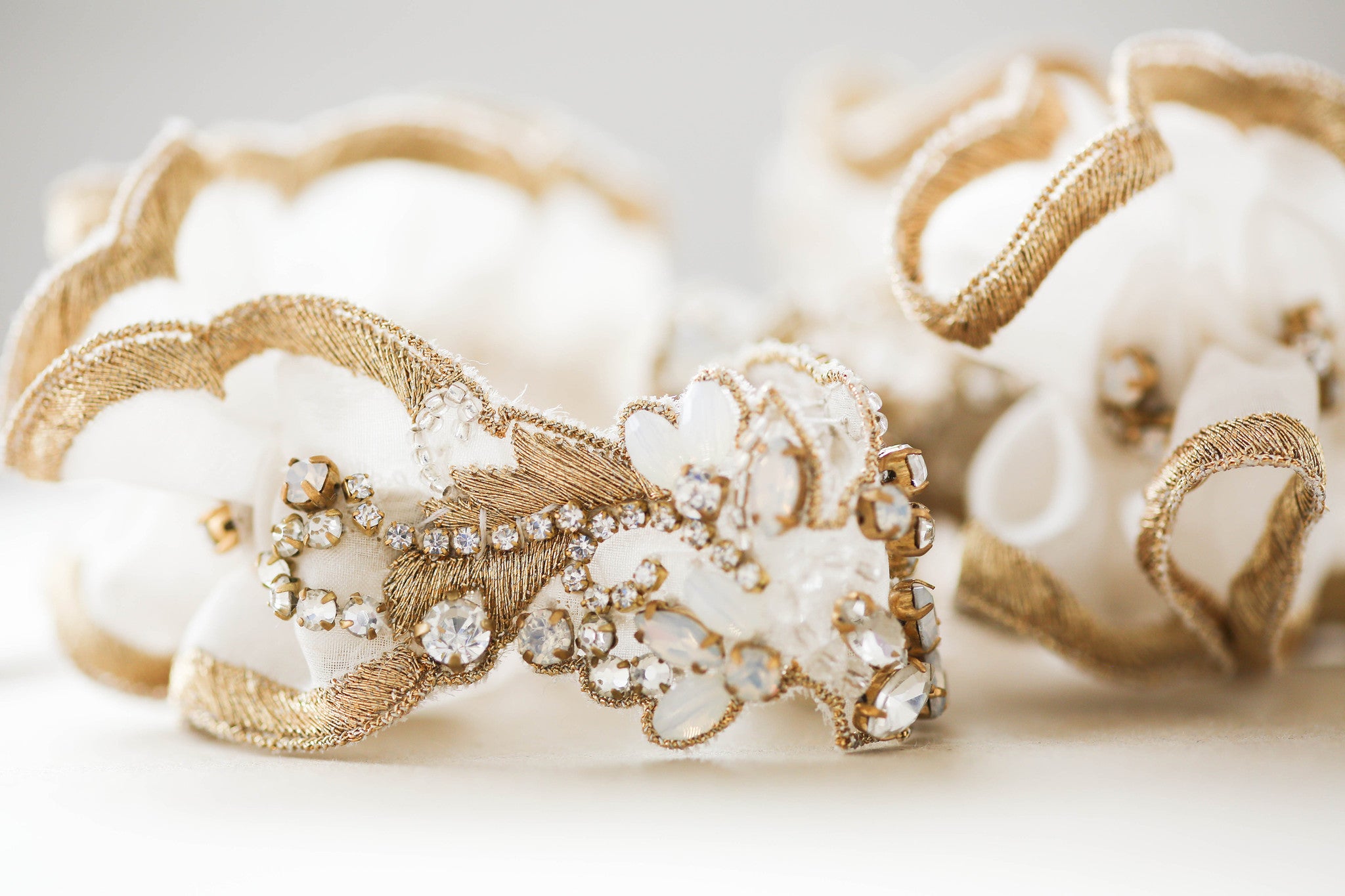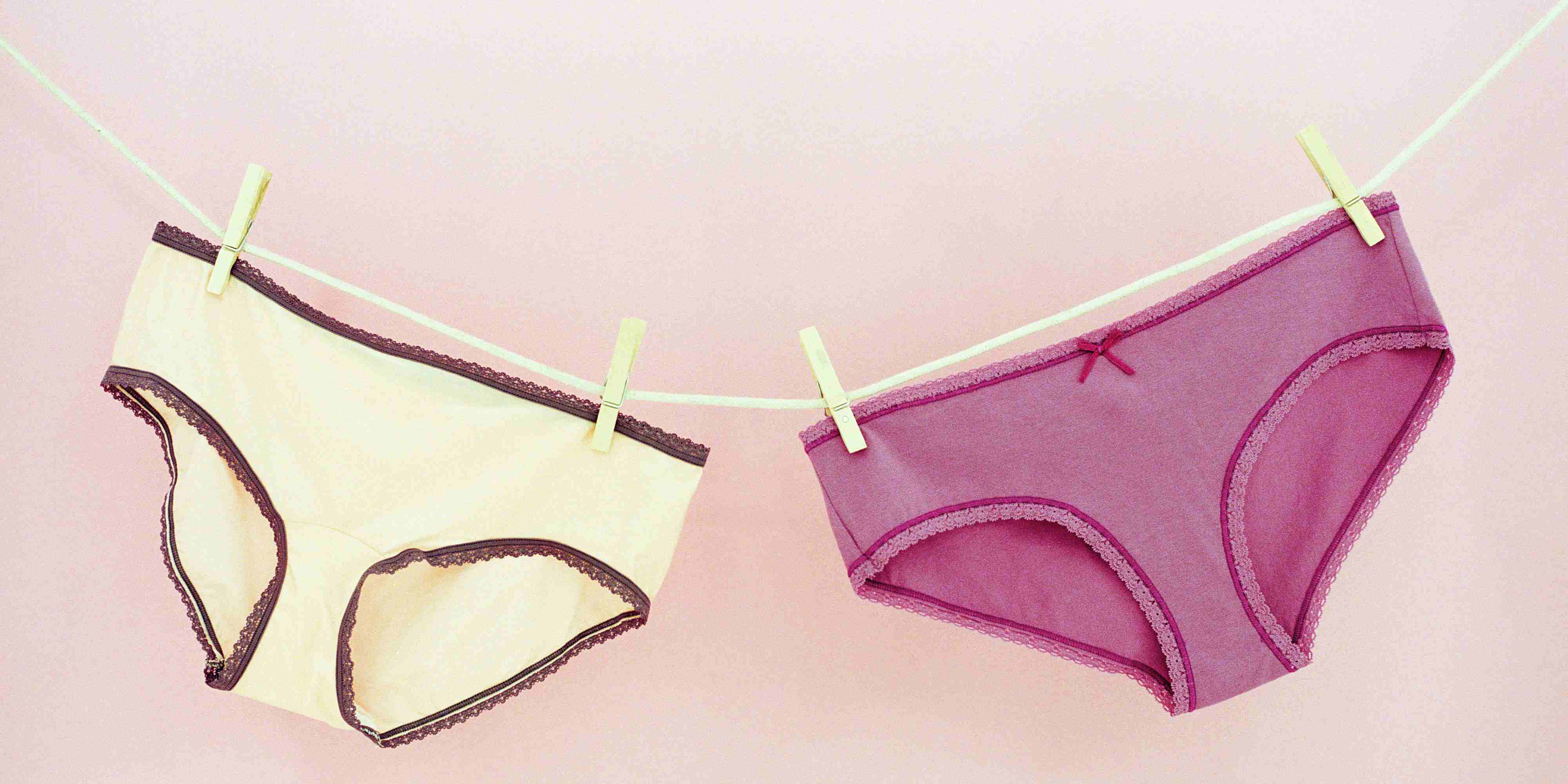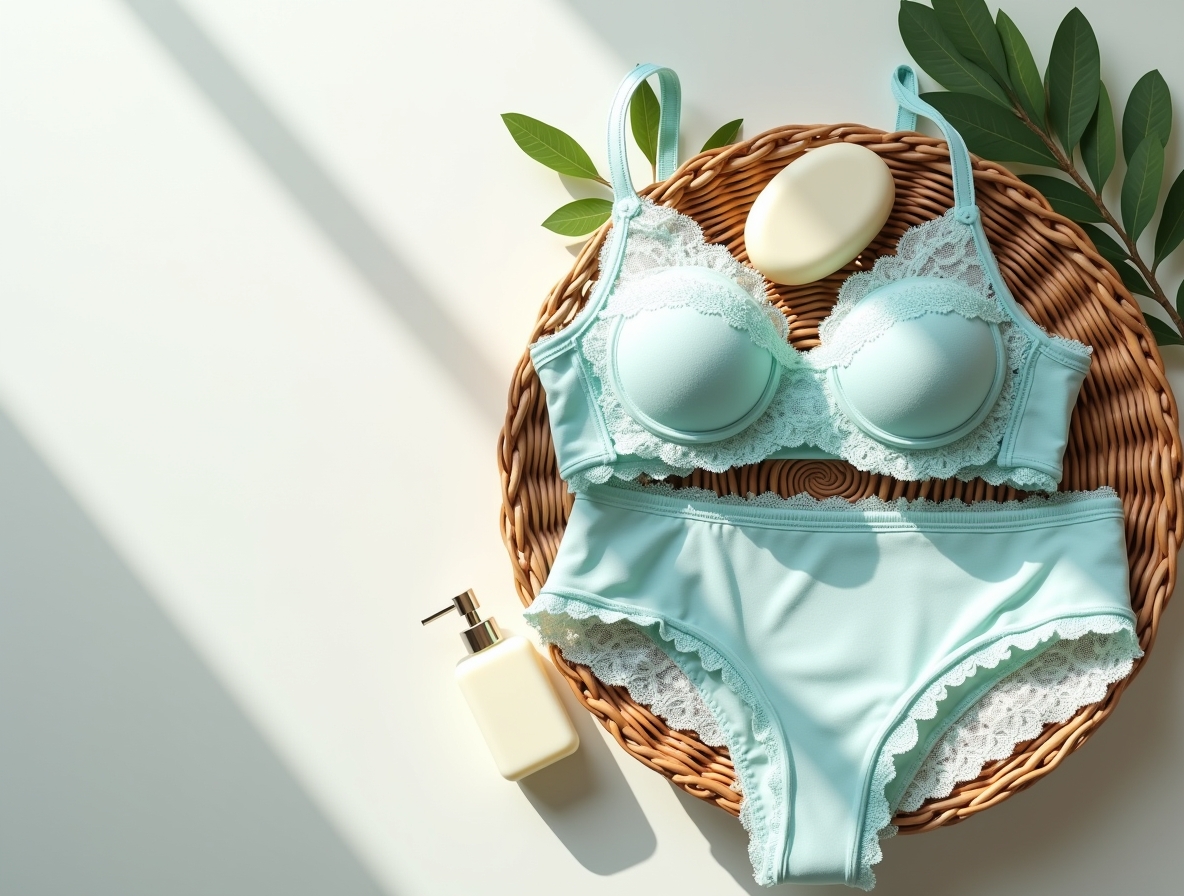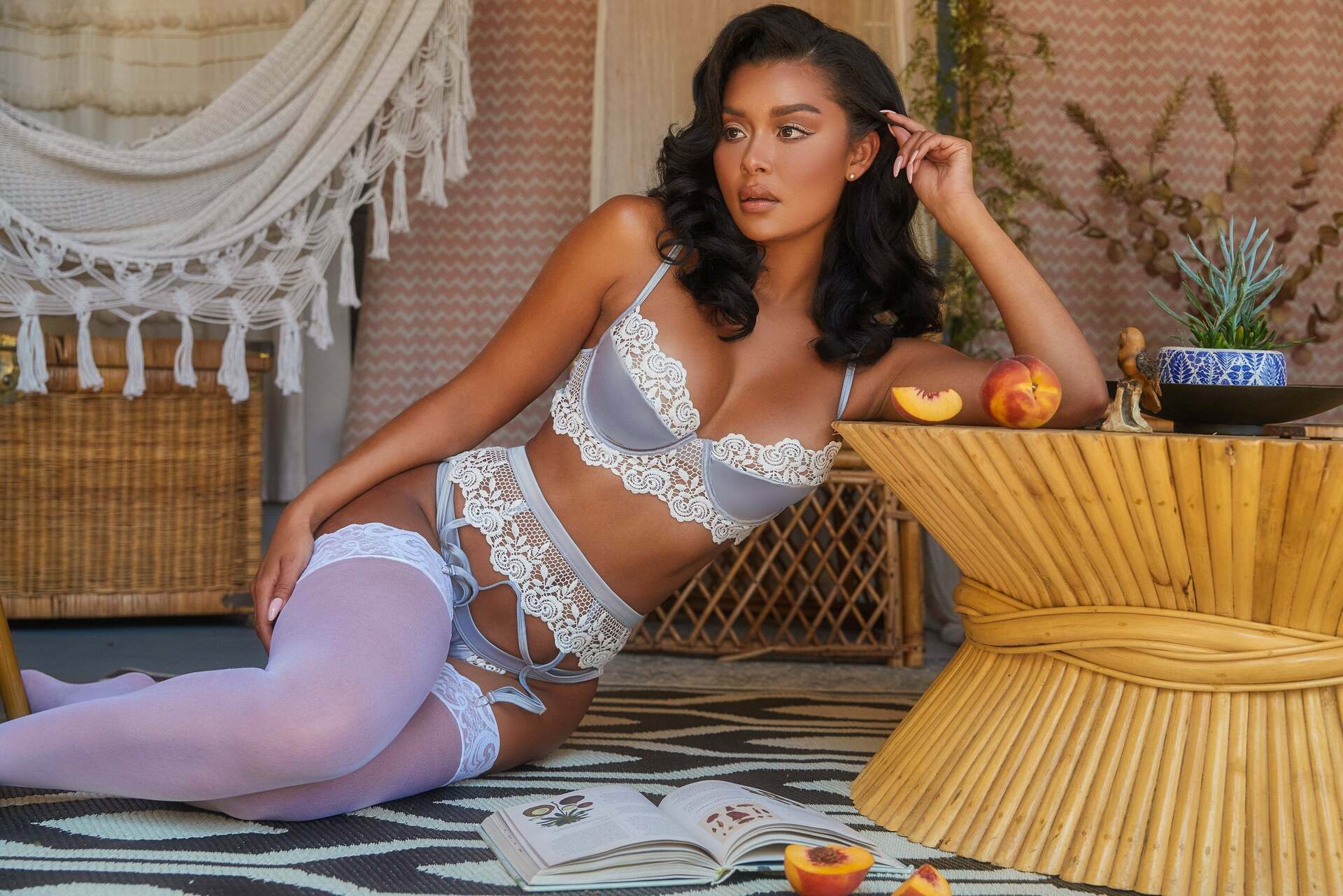Home>Latest Posts>Why Do You Have Two Garters At Wedding
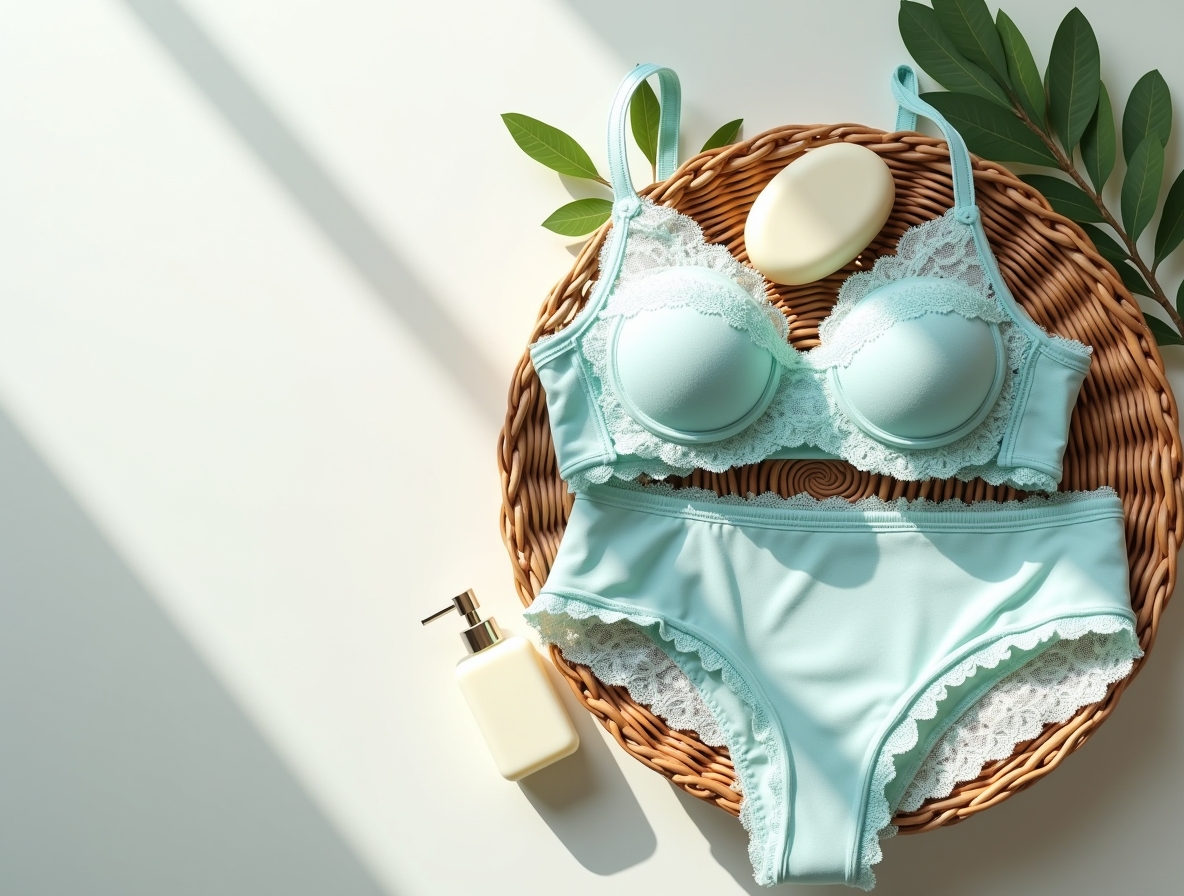

Latest Posts
Why Do You Have Two Garters At Wedding
Modified: August 5, 2023
Discover why women wear two garters at weddings and the significance behind this tradition. From symbolism to style, learn all about it for a memorable wedding day.
(Many of the links in this article redirect to a specific reviewed product. Your purchase of these products through affiliate links helps to generate commission for Under-tec.com, at no extra cost. Learn more)
Table of Contents
- Introduction
- Symbolism of Garters in Weddings
- Historical Origins of the Garter Tradition
- Superstitions and Folklore Surrounding Garters
- Modern-day Traditions and Customs Related to Garters at Weddings
- Different Styles and Designs of Wedding Garters
- Practical Purposes of Garters During Weddings
- Alternative Ways to Incorporate Garters in Weddings
- Conclusion
Introduction
Weddings are joyous occasions filled with traditions and customs that add to the significance and symbolism of the celebration. One such tradition that has endured through the ages is the wearing of garters. You might be wondering why you have two garters at your wedding and what purpose they serve. In this article, we will explore the symbolism and history of garters in weddings, as well as the various customs and superstitions associated with them.
Garters are elastic bands often adorned with lace, ribbons, or decorative elements, worn just above the knee. They have long been associated with weddings and are an integral part of the bridal ensemble. While many modern brides opt for a single garter, it is not uncommon to have two garters on your wedding day – one to wear and one to toss.
The garter tradition dates back centuries and has evolved over time. It holds both practical and symbolic significance. Historically, garters were used to hold up stockings and were considered a sign of femininity and sensuality. In weddings, they represent the transition from girlhood to womanhood and are seen as a symbol of good luck and fertility.
Symbolism of Garters in Weddings
Garters carry significant symbolism in weddings, representing various cultural beliefs and traditions. They are often associated with themes of love, luck, and fertility. Let’s explore the deeper meaning behind the inclusion of garters in wedding ceremonies.
One of the primary symbols of garters in weddings is the transition from girlhood to womanhood. The act of a bride wearing a garter is seen as a rite of passage, signifying her readiness to enter into married life. It is a symbol of her embracing her femininity and preparing to embark on a new chapter with her partner.
The garter is also believed to hold good luck for the couple. According to folklore, possessing a piece of the bride’s undergarments, such as the garter, brings good fortune to the person who catches it. This belief led to the tradition of the bride tossing her garter to the single men at the wedding. The man who catches it is said to be the next to marry, bringing luck and prosperity to his future union.
Furthermore, garters have long been associated with fertility. In ancient times, it was believed that possessing an item worn close to the bride’s body, such as the garter, could enhance fertility and increase the chances of conceiving. The garter thus serves as a symbol of the couple’s hopes and wishes for a fruitful and prosperous marriage.
Additionally, garters are often ornately designed and made with intricate lace, ribbons, and embellishments. These decorative elements represent the beauty, elegance, and attention to detail associated with weddings. They add a touch of glamour and sophistication to the bride’s attire, enhancing the overall aesthetic appeal of the bridal ensemble.
In summary, garters hold significant symbolism in weddings. They represent the bride’s transition into womanhood, bring good luck to the couple, symbolize fertility and prosperity, and add an element of beauty to the wedding attire. With their rich historical and cultural associations, garters continue to be a cherished tradition in modern wedding ceremonies.
Historical Origins of the Garter Tradition
The tradition of wearing garters dates back centuries and can be traced to various cultural and historical influences. Let’s delve into the historical origins of the garter tradition and how it has evolved over time.
The garter tradition can be traced back to medieval Europe, where it was believed to have originated from a custom called “flinging the stocking.” During these times, weddings were elaborate affairs filled with rituals and symbolism. One such ritual involved the bride’s garter, which was considered a highly prized possession.
In medieval Europe, it was customary for wedding guests to accompany the newlyweds to their private chambers after the ceremony. Here, the guests would eagerly await the consummation of the marriage. To prove the bride’s virginity and fidelity, the groom would publicly remove the bride’s garter and toss it to the waiting crowd.
This act symbolized the transfer of the bride’s purity to the groom and served as evidence of their union. The guests would then wear the garter as a lucky charm, believing it would bring them good fortune and fertility.
Over time, the tradition evolved, and the tossing of the garter became a way to determine who would be the next to marry. Single men would eagerly try to catch the garter, as it was believed that the person who caught it would be the next to wed.
The garter tradition continued to evolve during the Victorian era. During this period, garters became more intricately designed and adorned with lace, ribbons, and elaborate embellishments. They were often given as cherished gifts and heirlooms, passed down from one generation to the next.
In modern times, the garter has become a symbolic and decorative accessory for brides. While the traditional act of flinging the garter may not be as common, many couples still choose to include the garter ritual in their weddings. It has become customary for the bride to wear the garter throughout the ceremony, and later in the evening, she will toss it to the single men in attendance.
The historical origins of the garter tradition showcase the enduring significance of this accessory in weddings. From symbolizing purity and fidelity to bringing luck and fertility, the garter has evolved to represent the joyous union of two individuals on their wedding day.
Superstitions and Folklore Surrounding Garters
Garters have been steeped in superstitions and folklore throughout history. These beliefs and traditions have added an air of mystique and intrigue to the inclusion of garters in weddings. Let’s explore some of the fascinating superstitions and folklore surrounding garters.
One superstition revolves around the idea that wearing a garter can protect against evil spirits. It was believed that evil spirits would target the bride on her wedding day, and by wearing a garter, she could ward off any negative energies or ill intentions.
In some cultures, it was said that the act of wearing a garter could bring fertility and ensure a fruitful marriage. It was believed that the garter possessed magical powers to enhance a woman’s chances of conceiving and bearing children. This belief led to the tradition of passing down garters from mother to daughter as a way to transfer this fertility blessing.
Another superstition suggests that if a piece of the bride’s clothing is torn off during the garter removal or tossing, it is a sign of good luck. The torn fabric is believed to bring blessings and prosperity to the person who catches it.
There is also a myth that the person who catches the bride’s garter will have the power to control the bride’s destiny. It is believed that the man who catches the garter will have the ability to direct the bride’s actions and make decisions on her behalf. This myth has added an element of playful competition during the garter toss, as single men eagerly vie for the opportunity to seize the garter and potentially gain control.
Furthermore, folklore suggests that wearing the garter on the right leg rather than the left can bring different fortunes. Wearing it on the right leg is said to bring good luck and prosperity, while wearing it on the left leg is believed to bring bad luck and adversity. This belief has led many brides to ensure that their garter is positioned on the correct leg to attract positive energy.
It is important to note that these superstitions and folklore may vary across cultures and regions. While some beliefs may be more prevalent in certain areas, the overall theme remains the same – garters are imbued with mystical qualities and have the power to shape the course of a bride’s life.
Modern-day Traditions and Customs Related to Garters at Weddings
While the origins of the garter tradition may stem from centuries past, there are still many modern-day customs and traditions related to garters at weddings. These practices have evolved over time but continue to add a touch of charm and excitement to the celebration. Let’s explore some of the popular modern-day traditions surrounding garters.
The most common tradition involving garters is the garter toss. Towards the end of the wedding reception, the groom will remove the garter from the bride’s leg, often with a playful or theatrical flair. The groom will then proceed to toss the garter into a crowd of single men, who gather in anticipation. Similar to the bouquet toss, it is believed that the man who catches the garter will be the next to marry.
As an alternative to the traditional garter toss, some couples choose to have a “reverse” garter toss. In this version, the bride will throw the garter to a crowd of single women, usually right after the bouquet toss. This adds an inclusive and fun element to the celebration, allowing single women to participate in the catching of a coveted symbol of good luck.
In recent years, some couples have decided to forgo the garter toss altogether. They may choose to focus on different aspects of the wedding reception or opt for more unique and personalized traditions. Each couple has the freedom to adapt or create customs that align with their beliefs and desires.
Another modern trend related to garters is customizing them to reflect the individuality and style of the bride. Many designers offer a wide variety of garters, allowing brides to choose from different colors, fabrics, and embellishments. Some brides prefer to incorporate something sentimental into their garter – perhaps a piece of lace from a loved one’s wedding gown or a charm that holds a special meaning.
It is worth mentioning that garters are not only worn by brides. Some grooms choose to wear a garter as well, often as a surprise for their partner. This adds a playful and unexpected element to the wedding day attire, showcasing the groom’s sense of humor and his willingness to embrace tradition in a lighthearted manner.
Modern-day traditions related to garters at weddings allow couples to inject their own personality and style into the celebration. Whether they choose to adhere to traditional customs or create new ones, garters remain a cherished symbol of love, luck, and unity on this momentous day.
Different Styles and Designs of Wedding Garters
Wedding garters come in a wide array of styles and designs, allowing brides to choose one that perfectly matches their personal taste and bridal attire. From traditional to modern, here are some of the popular styles and designs of wedding garters available today.
1. Classic Elegance: Traditional wedding garters often feature delicate lace, satin ribbons, and intricate embroidery. These timeless designs exude sophistication and grace, complementing the bride’s overall ensemble. Classic elegance is a popular choice for those looking for a timeless and refined look on their wedding day.
2. Vintage Charm: Vintage-inspired garters take inspiration from bygone eras, such as the 1920s art deco or the romantic Victorian era. These garters often feature antique lace, beading, and vintage-inspired details. Brides with a love for all things nostalgic may opt for a vintage charm garter to add a touch of old-world glamour to their wedding attire.
3. Bohemian Beauty: For brides seeking a more relaxed and free-spirited vibe, bohemian-style garters are a fantastic choice. These garters often incorporate elements like delicate floral appliques, crochet lace, and whimsical ribbons. Bohemian garters have a romantic and ethereal feel, perfect for brides who want a touch of boho-chic in their wedding look.
4. Glamorous Sparkle: If you’re looking to make a statement, consider a glamorous sparkle garter. These garters often feature shimmering rhinestones, crystals, or sequins. They add a touch of dazzling allure to the bride’s leg and make for a stunning accessory. Glamorous sparkle garters are ideal for brides who want to add a bit of glitz and glamour to their wedding day look.
5. Personalized Touch: Many brides choose to personalize their garters by adding charms, monograms, or other meaningful elements. These custom-designed garters can reflect the couple’s initials, wedding date, or incorporate a sentimental detail. Personalized garters not only enhance the bride’s experience but also serve as cherished keepsakes for years to come.
It’s important to remember that the style and design of the wedding garter should complement the overall theme and tone of the wedding. Whether you prefer a traditional, vintage, bohemian, glamorous, or personalized design, choosing a garter that reflects your personal style will provide an extra touch of elegance and charm on your special day.
Practical Purposes of Garters During Weddings
While garters are often associated with symbolism and tradition, they also serve practical purposes during weddings. These practical aspects add functionality and convenience to the bride’s attire. Let’s explore some of the practical purposes of garters during weddings.
One primary practical purpose of the garter is to hold up the bride’s stockings. In the past, stockings were held in place with garters that were attached directly to them. Nowadays, garters are worn above the knee, and they help keep the stockings securely in place, preventing them from slipping or sliding down during the course of the wedding day. This ensures that the bride maintains a polished and put-together appearance throughout the celebration.
In addition to holding up stockings, the garter also plays a role in enhancing the fit and comfort of the wedding dress. Some wedding dresses are designed with a built-in loop or elastic band specifically to secure the garter. By attaching the garter to the dress, it helps prevent the dress from riding up or shifting during movements, allowing the bride to feel confident and comfortable throughout the entire wedding day.
Furthermore, the garter can serve as a practical accessory for the bridesmaids. It is not uncommon for the bride to gift matching or coordinating garters to her bridesmaids as a special token of appreciation. The garter can add a cohesive element to the bridal party’s attire, creating a visually pleasing and coordinated look.
Another practical purpose of the garter is that it provides an opportunity for the bride to add a hidden “something blue” to her wedding ensemble. According to a popular wedding tradition, brides are encouraged to incorporate “something old, something new, something borrowed, and something blue” into their attire for good luck. The garter can serve as the perfect “something blue” item that can be discreetly worn under the wedding dress.
Moreover, garters can serve as a convenient and sentimental item to capture on camera. Many wedding photographers capture beautiful and creative shots of the garter, showcasing its intricate design and the bride’s personal style. These photos become cherished memories that the couple can look back on and relive the magic of their wedding day.
Overall, while the garter holds significant symbolism and tradition, it also serves practical purposes during weddings. From holding up stockings to enhancing the fit of the dress, adding a hidden “something blue,” and creating photo-worthy moments, the garter plays a valuable role in ensuring the bride’s comfort, convenience, and style on her special day.
Alternative Ways to Incorporate Garters in Weddings
While the traditional garter toss is a popular custom, there are alternative ways to incorporate garters in weddings that provide a unique twist and add a personal touch to the celebration. These alternatives offer a chance to honor the garter tradition while infusing creativity and individuality into the wedding day. Let’s explore some alternative ways to incorporate garters in weddings.
1. Garter Keepsake: Instead of tossing the garter, some couples choose to keep it as a cherished keepsake. This allows the bride to hold onto the garter and preserve it as a special memento of her wedding day. The garter can be stowed away in a memory box or displayed in a shadow box along with other sentimental items from the wedding.
2. Family Heirlooms: Incorporating a family heirloom garter can be a meaningful way to honor tradition and include loved ones in the wedding. By wearing a garter that has been passed down through generations, the bride can connect with her family’s history and create a sense of heritage on her special day.
3. Charitable Donation: Some couples choose to donate the garter to a charitable organization or auction it off as a part of a wedding fundraiser. This alternative allows the couple to give back and make a positive impact, turning the garter into a symbol of generosity and goodwill.
4. Garters as Wedding Décor: Incorporate garters into the wedding décor by using them as part of the table settings, chair decorations, or tying them around floral arrangements. This creative approach adds a unique and whimsical touch to the overall aesthetic of the wedding venue.
5. Customized Garter Accessories: Instead of wearing a traditional garter, brides can opt for alternative garter accessories such as garter belts, garter cuffs, or garter-inspired jewelry. These modern alternatives offer versatility and diversity, allowing the bride to express her personal style while maintaining the spirit of the garter tradition.
6. Bride and Groom Garters: Some couples choose to wear matching garters to symbolize unity and equal participation in the wedding traditions. The groom can wear a garter on his arm or leg, creating a playful mirror image with the bride’s garter. This alternative highlights the couple’s commitment to including each other in every aspect of the wedding day.
Remember, the goal is to create a wedding ceremony that is authentic to the couple’s personalities and preferences. Exploring alternative ways to incorporate garters provides an opportunity to break tradition while still honoring the essence of the garter tradition in a way that feels meaningful and unique.
Conclusion
Garters have a longstanding history in weddings, symbolizing the transition from girlhood to womanhood and embodying luck, love, and fertility. From their practical purposes of holding up stockings and enhancing the fit of the wedding dress to their symbolic and sentimental value, garters have remained an integral part of wedding traditions.
Throughout time, the garter tradition has evolved, allowing for alternative ways to incorporate garters in weddings. Couples can personalize garters, include family heirlooms, donate them to charity, or use them as decorative elements. These alternatives provide opportunities to make the garter tradition more meaningful and reflective of the couple’s individuality.
Whether adhering to centuries-old customs or infusing creativity into the celebration, garters continue to hold a special place in weddings. The symbolism, nostalgia, and practical purposes of garters make them a cherished accessory for brides, a source of excitement for guests, and a memorable component of the wedding day.
As weddings continue to evolve, garters maintain their significance as a symbol of love, unity, and the joyful celebration of a couple’s journey into marriage. Whether you choose a traditional, modern, or alternative approach to the garter tradition, the inclusion of garters in weddings adds an element of charm, beauty, and tradition to the celebration of love.


